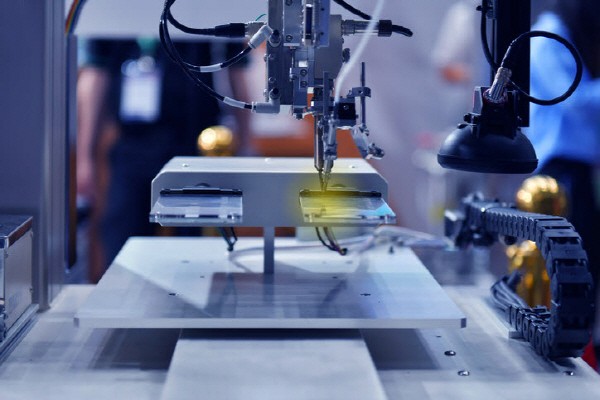5 places including Renesas, NXP, and Infineon
Total inventory increased in 9 months
Factory shutdown due to corona, fire and cold wave
Infrastructure restart... recovery of production capacity
The total inventory held by five global automotive semiconductor manufacturers increased for the first time in 9 months. The recovery of production capacity was possible with resume of the manufacturing plant infrastructure that had been temporarily stopped due to the spread of COVID-19 and fires. It is expected that the global auto industry, which has cut production capacity and went through the time of ‘eating mustard in tears' to respond to the supply shortage of automotive semiconductors, will be able to get a break for awhile.
On the 30th, the Nihon Keizai Shimbun (Nikkei) conducted a survey on the inventory circulation status of five manufacturers, including Renesas (Japan), NXP (Netherlands), Infineon (Germany), ST Microelectronics (Switzerland), and Texas Instruments (USA), and reported that the total amount of inventory had increased.
Nikkei analyzed the quarterly 'inventory assets' of five companies from the fourth quarter of 2020 to the third quarter of this year. From the fourth quarter of 2020 to the second quarter of this year, the sales of the five companies increased significantly, while the inventory assets did not. The production could not keep up with the surge in demand for semiconductor chips in the market; thus, it was difficult to increase inventory. The production line was shut down due to the cold wave earlier this year, a fire at a plant, and the spread of COVID-19 in Southeast Asia. The management style of the foundry industry was also a factor that made it difficult to secure stock of semiconductors for cars. It was difficult to expand production in a short period of time while the foundry focused on manufacturing semiconductors for smartphones that yielded relatively high profits.

The inventory assets of the five companies, which had not been changing, started to show an increase in the third quarter of this year. The inventory level indicated positive for the first time in nine months, up 0.7% compared to the same period last year. 4 of 5 companies’ total inventory exceeded the amount of last year. Nikkei interpreted this as a sign that the supply shortage of semiconductors for automobiles is alleviating, and expected a recovery of automobile production.
Nikkei predicted supply shortage of semiconductors for vehicles will continue for the time being despite the increase in inventories. It also anticipated that automakers would expand their production scale by responding to the shortage with production cuts and design changes. Nikkei examined that it would be difficult to satisfy 100% of the demand with the current 5 companies’ inventory of semiconductors for vehicles. William Betz, CFO of NXP, said, ”We will need a few more quarters to get inventories back to our target levels.” Omdia, a British market research firm, predicted that the supply shortage of semiconductors for automobiles would be resolved by the spring of next year.
AutoForcast Solutions, a market research firm, predicted a total of 10.15 million units of global finished vehicle production this year due to a supply shortage of automotive semiconductors. According to the Ministry of Trade, Industry and Energy, Korea's automobile production in October recorded 267,723 units. This is a decrease of 21.6% compared to the same month of last year due to the supply shortage of automotive semiconductors and the consequences of shutting down of GM Korea and Ssangyong.
By Staff Reporter Hee-seok Yoon (pioneer@etnews.com)
Global automobile production status in the 1st-3rd quarter of 2021
Source: Marklines, Ministry of Trade, Industry and Energy